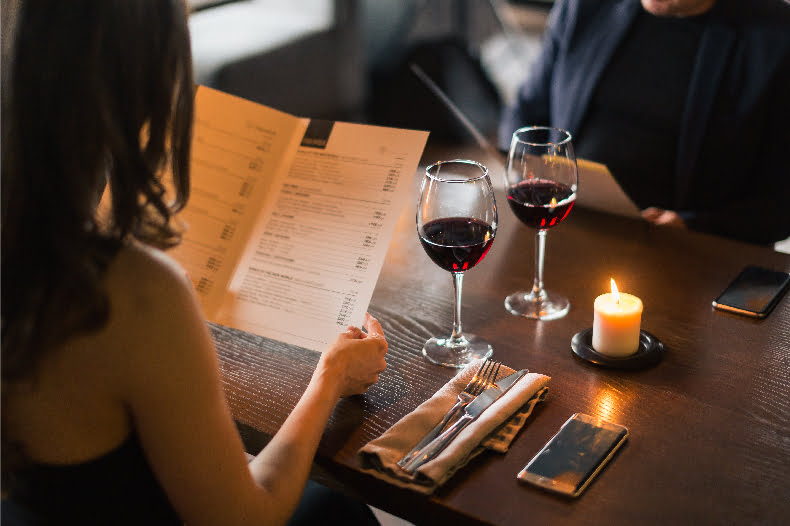Tips for Translating Hotel Menus into Chinese
China is considered one of the largest outbound tourism markets in the world with over 100 million tourists every year. Most of the leading global tourism and hospitality companies have been working to provide services that are catered to their Chinese guests’ needs, such as translating hotel menus into Chinese.
Translating marketing collateral, menus, signage, and all other important hotel content properly into Chinese is an essential practice in order to provide the most considerate and accurate information to hotel guests. Although we are seeing many millennial travelers who have language skills, the percentage of Chinese guests that need linguistic assistance is still very high.
Translating Hotel Menus into Chinese

Translating hotel menus into Chinese is more than just translation. You must provide localized content taking into consideration the differences in culture, traditions, background, etc., to help provide the level of services guests expect.
Here are three key tips for translating hotel menus into Chinese.
1. Chicken Burger vs. Beef Tartare
For common dishes, such as ‘chicken burger’, ‘roasted prawns’ etc., the ingredients and the way they are cooked are clear. Guests know what they are ordering when reading the translated menu. However, for some dishes that are not as clearly named as these straightforward dishes, proper context needs to be provided in the translation to avoid misunderstanding or embarrassment with Chinese guests.
For example, although ‘beef tartare’ is a popular appetizer on the western dining table, it is not common in Chinese cuisines. So, if Chinese guests order beef, they would have the expectation that the beef is cooked. By simply looking at the dish name, only those who have tried it before would know how the dish is actually prepared. Therefore, the restaurant should provide a further explanation below the dish name on how the beef is cooked or not, in the case of tartare, to avoid disappointment when serving such a dish.
2. What is falafel?

For other cuisines that are not common in the Chinese community, it would be important to provide not only the ingredients but a description of the dishes (preferably with visual aid). For example, many popular Arabic dishes are translated and localized directly as they sound (phonetic translation) in the original language. For the rest of the world, these dishes are clearly understood as they are pronounced. But if you mention “falafel” to a Chinese person who is visiting the Middle East for the first time, he or she would not associate this word with any type of food. Therefore, it would be important for restaurants to provide the dish names translated phonetically, as well as include the ingredients the dish is made of, and the ways it is prepared, in order to help a Chinese guest understand what they are ordering. As mentioned above, pictures of the dishes are helpful as well.
3. Formatting and design of menus
When desktop publishing menus that have Chinese translations, it is important to keep a few things in mind. Leave plenty of white space in English menus so you have room to add dish descriptions in any foreign language versions and not add pages to the new menus. Adjust design to accommodate bilingual menus so that both English and Chinese appear. In this way, menu items can be easily selected by the Chinese speaking guest and identified and matched by the wait staff for submission to the kitchen.
Always have a Chinese speaking desktop publisher format the translated menus. In this way, you can avoid missing characters, broken lines, misplaced text and other formatting issues when the texts are copied and pasted by a non-native speaking desktop publisher.
Summary
To summarize, when translating hotel menus into Chinese, a few key tips will help your hotel restaurants produce not only accurately translated but properly localized menus. Translated menus that are easy to use will make your Chinese guests dining experience a positive one, encouraging them to come back for more!
